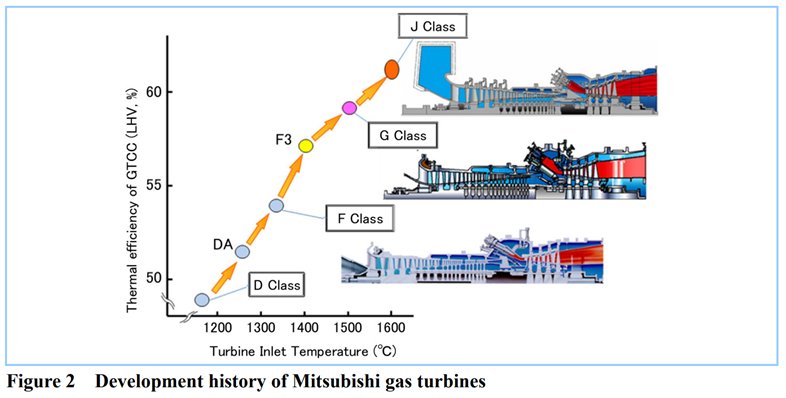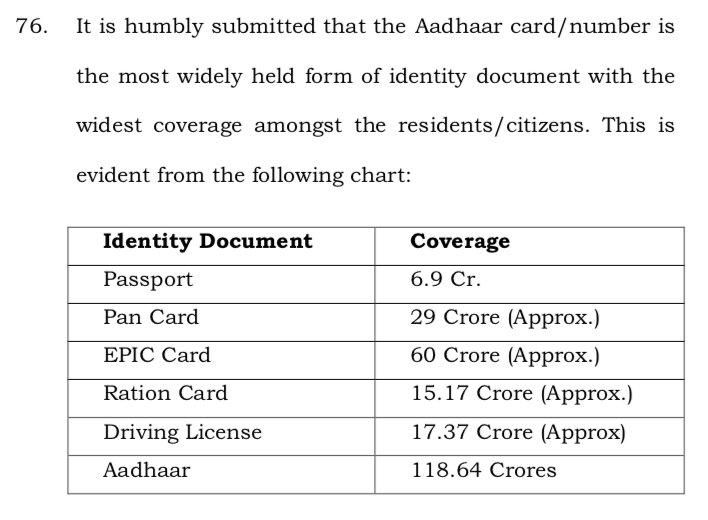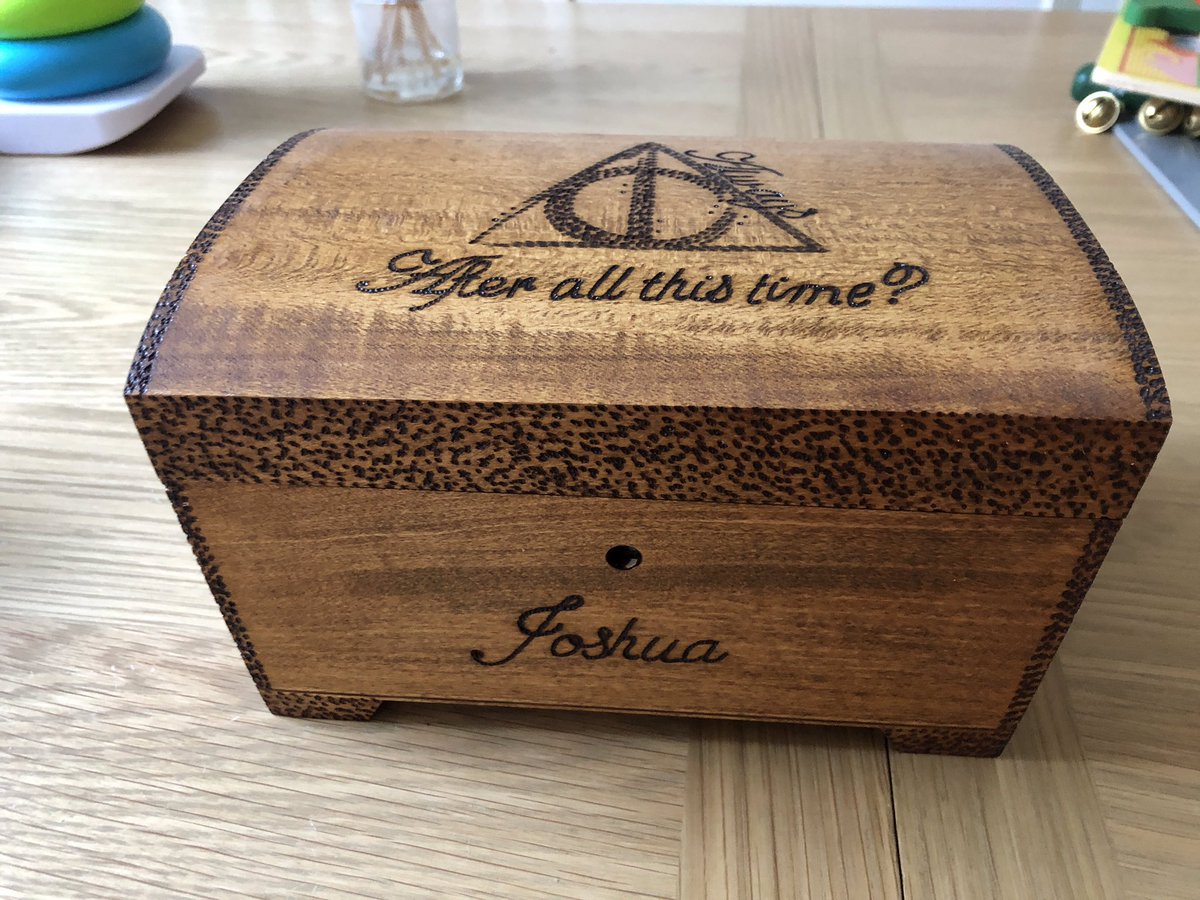1) Electricity Generation (The most efficient gas turbine in the world is made by GE. The 9HA: ge.com/power/gas/gas-…), &
2) Propulsion (e.g. jet engines on airplanes: animagraffs.com/inside-a-jet-e…).
(an area with more than 22 million people).
If you want the details, check out equations 2.22, 2.31 & 2.42 here: web.stanford.edu/~cantwell/AA28…
And: ocw.mit.edu/ans7870/16/16.…
1 – (Exhaust Temperature / Turbine Inlet Temperature).
For details see here: web.stanford.edu/~cantwell/AA28…
Or here: web.mit.edu/16.unified/www…
i.pinimg.com/originals/27/d…
link.springer.com/article/10.136…
researchgate.net/figure/Variati…

mhi.co.jp/technology/rev…






























